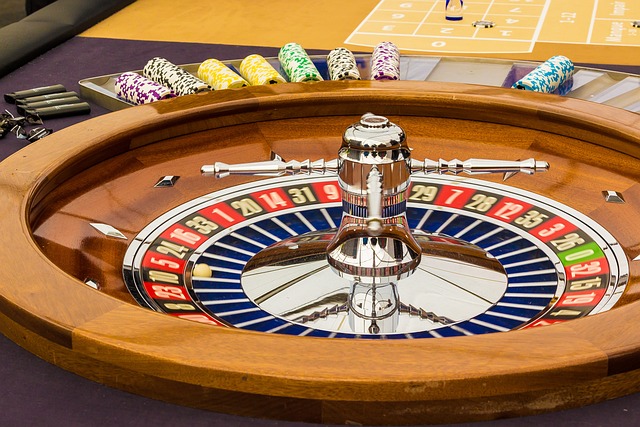Roulette has long fascinated gamblers with its mix of chance, strategy, and the tantalizing idea that certain systems might tip the odds in your favor. Among the most discussed betting strategies are the Martingale and Fibonacci systems—two methods that aim to manage losses and maximize wins through structured bet progression. Players often turn to these approaches hoping to outsmart the house and create a more disciplined path to profit. But do they really work in practice, or are they just mathematical illusions dressed up as reliable tactics? To answer that, it’s essential to understand how each system functions, the risks involved, and whether they hold up against roulette’s fixed odds and house edge.
How the Martingale System Works
The Martingale system is one of the simplest and most well-known roulette strategies. It operates on the principle of doubling your bet after every loss so that the first win recovers all previous losses and yields a small profit. For example, if you start with a $5 bet on red and lose, your next bet would be $10. If you lose again, you’d bet $20, then $40, and so on—until you win. The system assumes that a win is inevitable eventually, allowing you to recover your bankroll in a single successful round. It’s typically applied to even-money bets like red/black or odd/even, where the chances are close to 50/50.
Risks and Drawbacks of Martingale

Despite its logical appeal, the Martingale system carries significant financial risk. While it may work for short sessions, a long losing streak can quickly wipe out your bankroll. Since bets double after each loss, the progression grows exponentially—turning a small $5 wager into hundreds or thousands within a few rounds. For example, after just six losses, you’d need to bet $320 to continue the sequence. Many casinos also impose table limits, meaning you may hit a cap before you’re able to recoup your losses. Ultimately, the Martingale doesn’t change the odds of the game; it simply postpones losses until they become unsustainable. For players with unlimited funds and no betting limits, it might seem feasible—but in real-world settings, the risks often outweigh the rewards.
How the Fibonacci System Works
The Fibonacci system is another popular betting method, based on the famous mathematical sequence where each number is the sum of the two preceding ones (1, 1, 2, 3, 5, 8, etc.). In roulette, this sequence is used to determine the size of each bet after a loss. After every losing round, you move one step forward in the sequence. After a win, you move back two steps. The idea is that moderate wins over time will recover previous losses without the need for aggressive doubling like in Martingale. Like Martingale, it’s typically used on even-money bets.
Comparing Risk Between Fibonacci and Martingale
The Fibonacci system is less aggressive than Martingale, which makes it more appealing to conservative players. Because it increases bets at a slower rate, the risk of rapid loss is reduced. However, this also means it takes longer to recover from a series of losses, and the profits are often modest unless you hit a streak of wins. While Fibonacci provides more flexibility and longer gameplay with smaller stakes, it still doesn’t overcome the house edge or change the odds of winning. Players using this system can also fall into the trap of chasing losses, especially if they stay deep into the sequence without enough wins to climb back.
Do These Systems Actually Work?

Both the Martingale and Fibonacci systems are built on structured logic and can appear effective over short-term play. In limited sessions with a flexible bankroll, they might produce some winning runs. However, over time, the house edge—typically 2.7% for European roulette and 5.26% for American roulette—erodes the effectiveness of any strategy based solely on betting patterns. Neither system alters the fundamental randomness of the roulette wheel. Winning or losing is still governed by chance, and each spin is independent of the previous one. As such, these systems cannot guarantee profit or eliminate the risk of loss. In fact, they can create a false sense of control, leading players to bet more than they intended.
Strategic Play and Realistic Expectations
While it’s tempting to believe that betting systems like Martingale or Fibonacci can beat roulette, the truth is more nuanced. These systems may help some players manage their bankroll or structure their sessions, but they’re not foolproof paths to success. The key to enjoying roulette lies in treating it as a game of chance rather than one of control. Responsible play, setting win/loss limits, and knowing when to walk away are far more effective long-term strategies than relying on mathematical progressions. Betting systems can enhance the entertainment of the game—but only when used with clear boundaries and realistic expectations.
